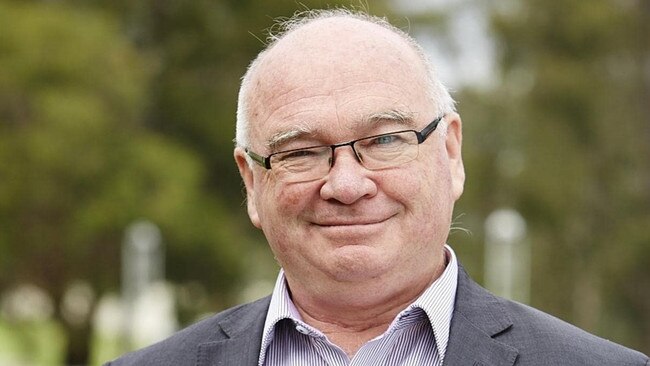Australia’s top 10 fat cat job agencies revealed as job seekers can’t find work
Job agencies are tipped to pocket an eyewatering $700 million out of government payments, as job seekers are still desperate to find work. SEE WHO’S TURNING A PROFIT
National
Don't miss out on the headlines from National. Followed categories will be added to My News.
- Jobs 360 explained: Exposing Australia’s work crisis
- Hire and fire: Aussie workers losing 3500 jobs a day
Job seekers are caught up in a “broken system” where job agencies are tipped to pocket an extra $700 million out of government pandemic payments and people are still struggling to find work.
Today, we reveal the Top 10 fat cat job agencies, the private businesses who are earning the cream of these government payments.
During the pandemic, hundreds of millions of extra dollars have been flowing into job agencies through the Jobactive system, with government payments to the industry heading towards $2 billion this year.
Job agencies receive government money for signing up job seekers and finding them work, and research group Per Capita says the sector was paid about $1.3 billion annually before COVID-19’s unemployment spike.
Critics claim some private employment service providers are putting profits before people.
But the peak industry body for job agencies said they are following government guidelines and are in it for the right reasons.
Business owners are often flooded with job applications by people who are unqualified but are forced to apply to meet quotas in a system that “crushes” some job seekers.
One recent four-sentence application forwarded by an employment consultant was for a retail sales role but the applicant was a “shut-in gamer” (someone who doesn’t come out of his room and keeps playing games) who wanted work with “limited verbal communication as I get extremely nervous in face-to-face interactions”.
Per Capita executive director Emma Dawson, who believes the system is broken, said: “Our estimate is it’s going to go up to $2 billion this year.”
Payment structures for the 40-plus agencies in the government’s Jobactive network are complex and currently involve six-monthly administration fees of up to $547 per job seeker and outcome fees ranging from $400 to $11,000 for finding employment.
“The incentives are about pushing out applications and getting people into positions – not necessarily suitable positions or long-term positions,” Ms Dawson said.
“It’s not serving unemployed people, it’s not serving employers, particularly small businesses, and it’s not serving the economy as a whole.”
Job agencies also pay incentives to businesses but Council of Small Business Organisations Australia CEO Peter Strong said “not much of it gets to the employer”.
Mr Strong said the model needed to change, and instead of competing providers it should be overseen by one government business enterprise or one large contractor.
“By their nature the private sector is going to maximise profits,” he said.
“We don’t blame the agencies – it’s the contracts given to them from the government.”

Australian Unemployed Workers Union spokeswoman Kristin O’Connell said job agencies also policed a “hamster wheel of activities” such as minimum monthly job applications and Work for the Dole, and often incorrectly cut off people’s payments.
“We would describe the system as designed to punish people for not being able to get jobs ...” she said.
“The job agencies get billions of dollars and the payment structure incentivises them to keep people in underpaid, unsafe, insecure, short-term work. They cycle them in and out of the system.

“The system was not coping before COVID. And now we’re going to see the acceleration of failures at every point in the system, because we are going to see JobKeeper going down.”
Job seekers are vocal in their criticism of major providers, with hundreds complaining online with comments such as “money raking” and “waste of taxpayers’ money”, while former employees have described a “soul-sucking” environment.
Private companies, which receive about 60 per cent of the government funding while not-for-profits get the rest, are not required to reveal profits. The biggest recipient is US-owned MAX Solutions, whose parent company has grown profit strongly in recent years.
The peak body for job agencies, the National Employment Services Association, says more than 70 per cent of funding comes from outcome fees paid when jobseekers find work.
NESA chief executive Sally Sinclair said job agency activities followed government policy framework, and the sector itself faced cuts as the Coalition fast-tracked a new online platform.
“I have been involved in this area for over three decades and my experience has always been that organisations are fundamentally in it for the right reasons … they’re there because they want to make a difference to people’s lives,” Ms Sinclair said.
Employment Minister Michaelia Cash said Jobactive had delivered for job seekers, with more than 1.7 million people finding work under the program.
“The Government makes no apologies for trying to get people off welfare and into work,” she said.

Originally published as Australia’s top 10 fat cat job agencies revealed as job seekers can’t find work

